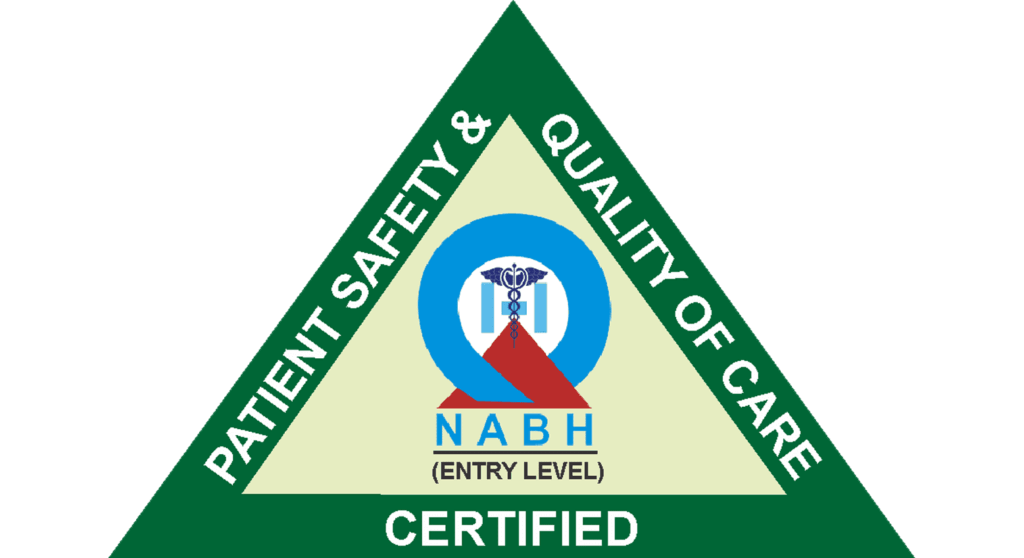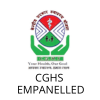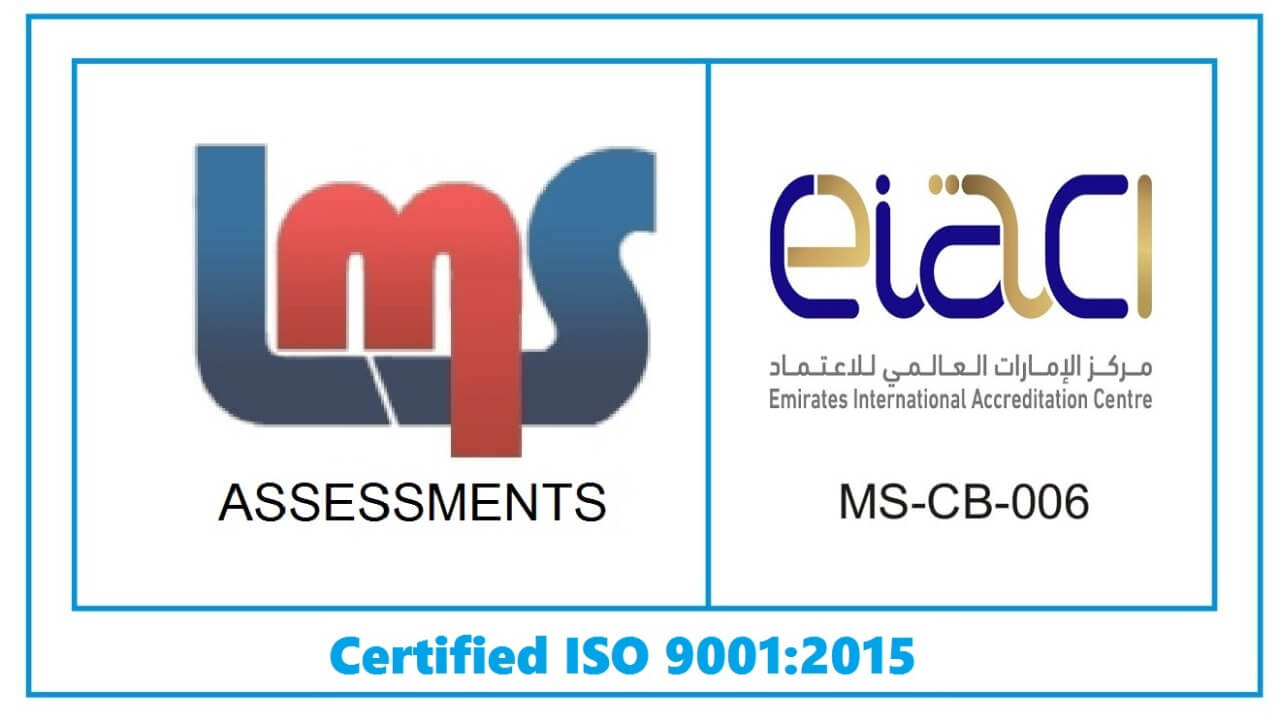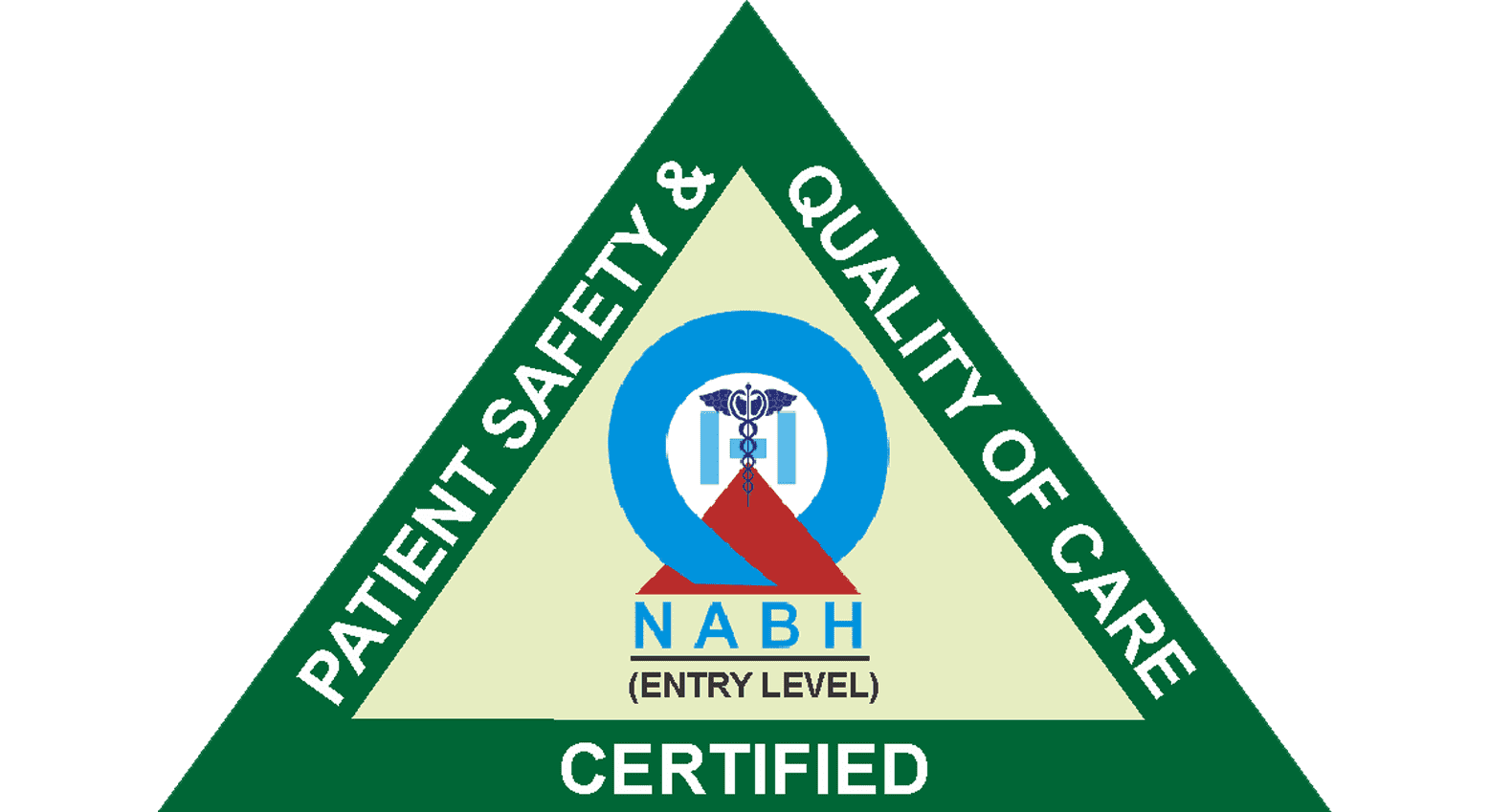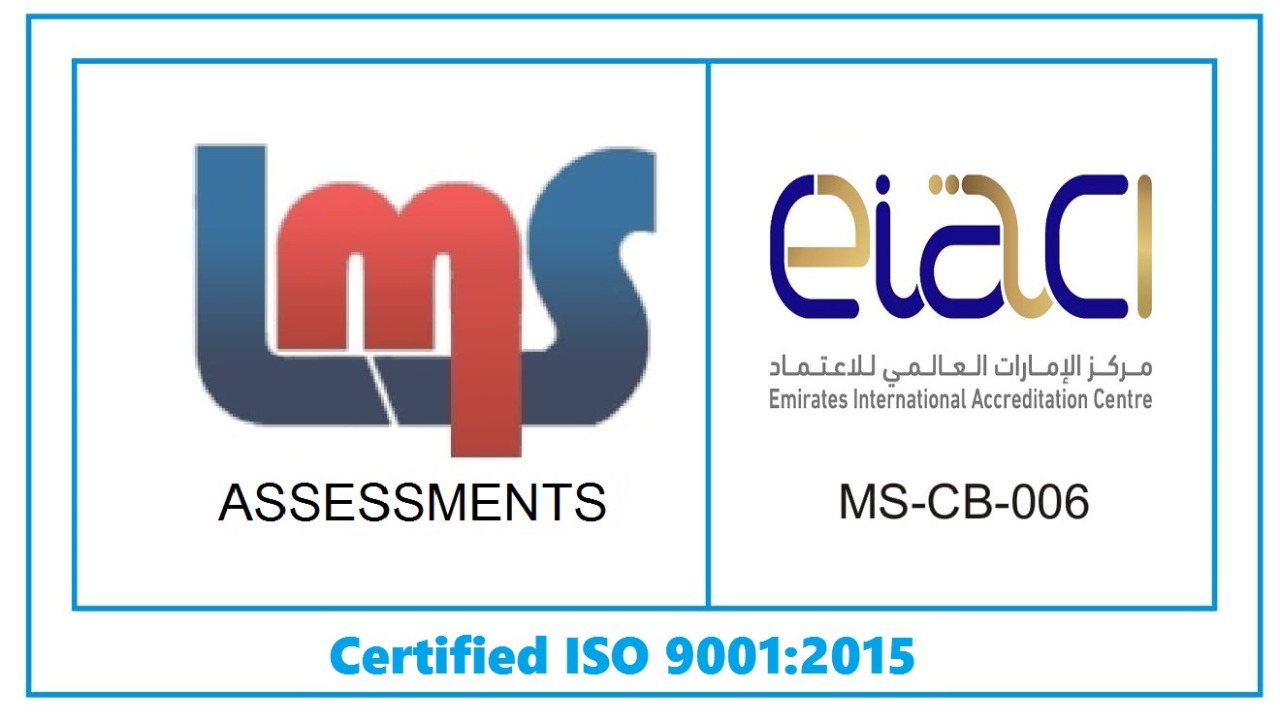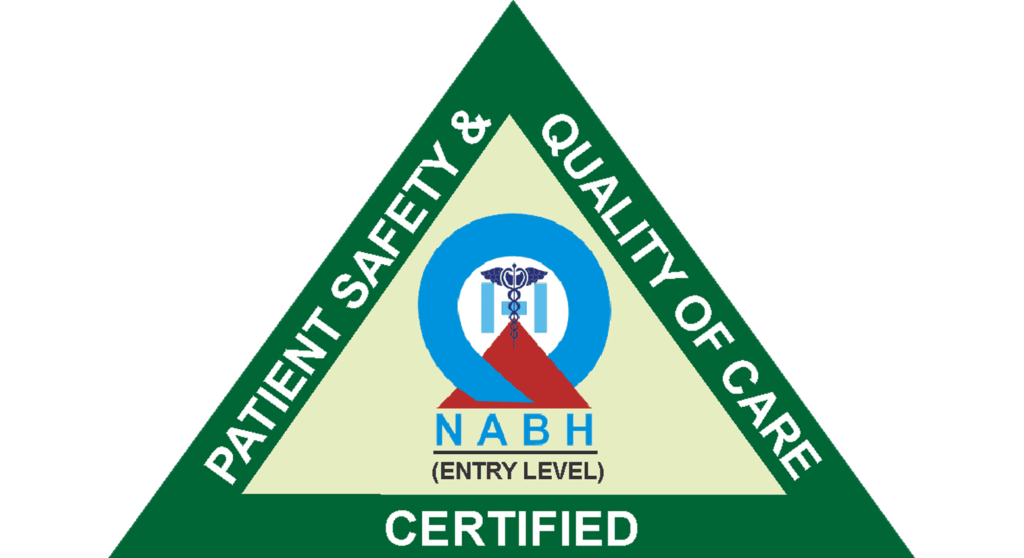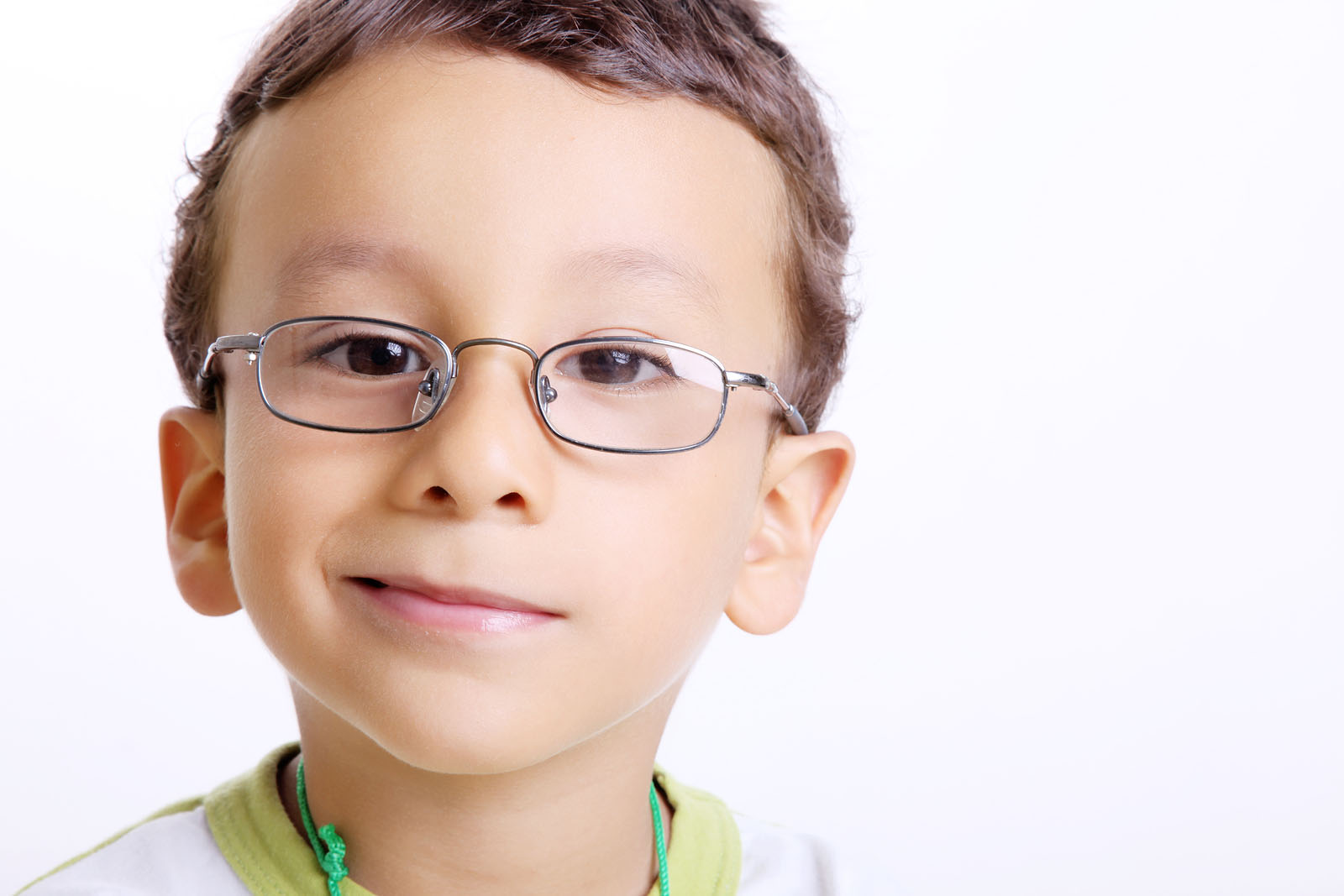Refractive Error
Every child is born with imperfections in their ability to focus light, known as refractive errors. These errors tend to change as the child grows and typically become normal by the age of 8. However, some children don’t experience this natural correction and end up with poor vision, necessitating the use of eyeglasses. Many times, these errors go unnoticed because children often don’t express discomfort. Only through an eye examination can the underlying issue be detected.
Nevertheless, a few children might display certain behaviors to cope with these refractive errors. They might squint, bring objects closer to their face, or sit closer to the TV to see more clearly. Some children might even develop a misalignment of their eyes (squint), lose interest in school, rub their eyes frequently, or complain about headaches and eye discomfort.
Nevertheless, a few children might display certain behaviors to cope with these refractive errors. They might squint, bring objects closer to their face, or sit closer to the TV to see more clearly. Some children might even develop a misalignment of their eyes (squint), lose interest in school, rub their eyes frequently, or complain about headaches and eye discomfort.
Types of Refractive Errors
Myopia (Nearsightedness)
Nearsightedness, also known as myopia, is a situation where objects nearby are visible with clarity, but distant objects appear unclear. This happens because the light rays focus in front of the retina, either because the eyeball is elongated or the cornea is overly curved. Myopia can manifest in various levels of severity, ranging from slight to severe. The greater your degree of myopia, the less sharp your long-range vision becomes, necessitating objects to be brought closer for clear visibility.
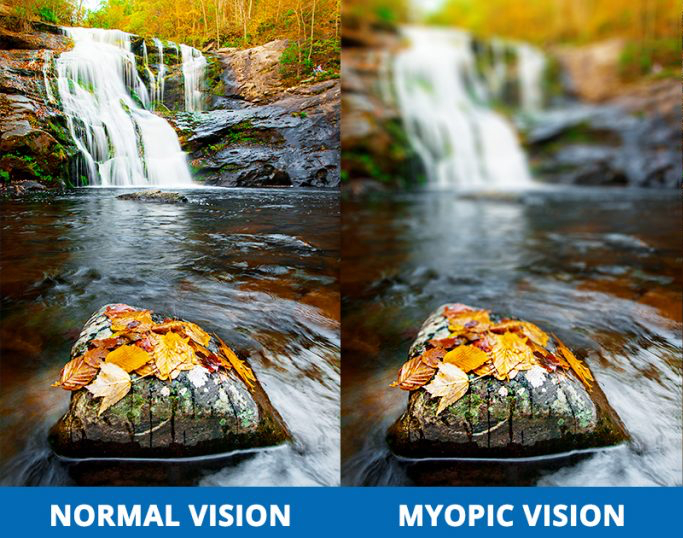
An indication of nearsightedness is trouble seeing faraway things, such as a TV screen, which might lead a child to sit very close to it. Similarly, they might struggle with viewing the blackboard at school, prompting them to rely on a neighboring student’s notes rather than looking at the blackboard. Consequently, these students might perform poorly in class activities or note-taking, even if they excel in homework assignments. To address these concerns and potentially diagnose nearsightedness, it is recommended to undergo a thorough eye examination.
Nearsightedness can be rectified by being given a prescription for eyeglasses or contact lenses that offer optical correction. These corrective aids might be necessary only during specific tasks, such as watching TV, enjoying a movie, or driving a car. Alternatively, there could be a requirement to wear them consistently.
Nearsightedness can be rectified by being given a prescription for eyeglasses or contact lenses that offer optical correction. These corrective aids might be necessary only during specific tasks, such as watching TV, enjoying a movie, or driving a car. Alternatively, there could be a requirement to wear them consistently.
Hyperopia (Farsightedness)
Hyperopia, commonly known as farsightedness, is a state where distant objects are typically visible with clarity, but nearby objects appear blurry. This occurs when your eye’s length is shorter than typical or when the cornea has a less-than-normal curvature, causing light to focus beyond the retina. Often, hyperopia is hereditary in nature. This condition is usually present at birth in a child, and as the eye continues to develop, the extent of farsightedness generally diminishes.
Typical indications of farsightedness encompass challenges in distinctly
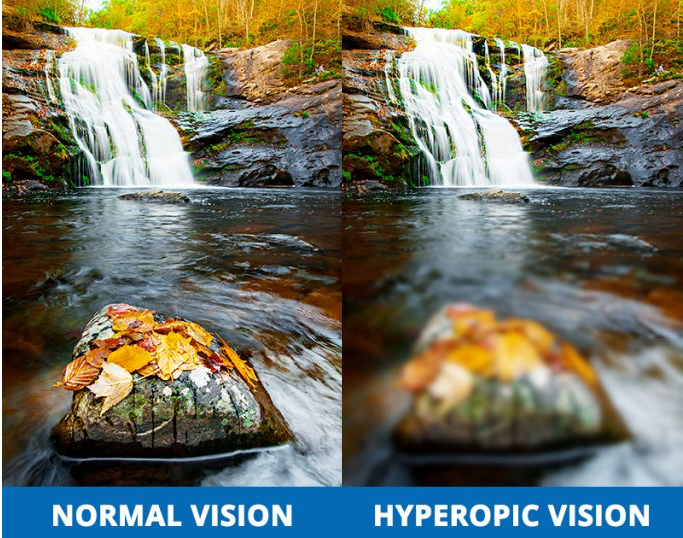
perceiving objects up close, experiencing headaches, feeling eye strain, or becoming fatigued after engaging in nearby tasks. While hyperopia isn’t as prevalent as nearsightedness, routine vision screenings, commonly conducted in educational institutions, usually fall short in identifying this condition. To accurately diagnose this issue, a thorough eye examination by an ophthalmologist is necessary for individuals experiencing the aforementioned symptoms.
For individuals with mild hyperopia, wearing corrective glasses might not be necessary, as the eyes could potentially adjust by exerting extra effort. However, in more pronounced instances, an ophthalmologist might recommend eyeglasses or contact lenses for optical correction of this condition.
Astigmatism (Distorted Vision)
Astigmatism is a situation in which the front surface of the eye, called the cornea, possesses an uneven shape—instead of being perfectly round, it takes on a more oval form. This irregularity hinders light from converging to a single point on the retina at the back of the eye, leading to blurred vision across various distances. Astigmatism is seldom found on its own; it typically occurs alongside either myopia or hyperopia.
The majority of cases of astigmatism can be addressed by accurately prescribed and well-fitted eyeglasses or contact lenses.

Nevertheless, more significant degrees of astigmatism might be more effectively managed through surgical methods such as astigmatic keratotomy or LASIK.
Frequently Asked Questions
WHY DOES MY CHILD REQUIRE GLASSES?
A variety of factors might lead to a child requiring eyeglasses. These reasons include ensuring proper eyesight, addressing conditions like refractive errors, aligning misaligned eyes such as in strabismus cases, and treating conditions like lazy eye or amblyopia, such as in anisometropia instances.
CAN HEALTHY FOOD AND VITAMIN SUPPLEMENTS PREVENT THE NEED FOR GLASSES?
An adequately balanced diet, incorporating abundant green, leafy veggies, ripe fruits, and nuts, contributes positively to your child’s eye health and overall development. Nevertheless, it’s important to note that the necessity for eyeglasses is unrelated to your child’s dietary habits or nutritional condition.
WHAT WILL HAPPEN IF MY CHILD DOES NOT WEAR GLASSES?
Failure to use the recommended eyeglasses for your child can have an impact on the regular progression of their vision development. The eyes typically reach full maturity between 6 to 8 years old. Consistent blurriness in vision during the initial developmental stages, whether in one eye or both, hinders the natural advancement of the visual system, potentially resulting in amblyopia or a Lazy eye.
WHAT KIND OF GLASSES DOES MY CHILD NEED?
Children commonly use plastic lenses and frames. The eyewire should fully encompass each eye, and the frame’s edge should not touch the skin around the eyes. The nosepads need to be positioned evenly on the nose and should neither be overly tight nor overly loose. Additionally, there should be no undue pressure on the temples.
FOR HOW LONG ARE GLASSES REQUIRED?
Eyeglasses play a crucial role in rectifying refractive errors and promoting the holistic growth of a child. Withholding the necessary glasses from a child could impede their eventual visual sharpness and diminish their awareness of the surroundings and observational abilities. Maintaining clear vision is consistently necessary, which underscores the necessity for consistent and obligatory glasses wearing.
WILL MY CHILD’S POWER INCREASE/REDUCE?
As children grow older, their refractive errors undergo alterations in tandem with their physical development. This is the reason why regular eye examinations are essential for children. While nearsightedness tends to escalate with age as a natural aspect of bodily maturation, farsightedness might lessen over time.
WILL MY CHILD NEED GLASSES FOR THE REST OF HIS/ HER LIFE?
In the event that your child experiences myopia or nearsightedness, it’s probable that they will require eyeglasses throughout their lifetime. Alternatively, once your child reaches adulthood, contact lenses or refractive (LASIK) eye surgery can be considered as alternative choices.
CAN WEARING FULL CORRECTION OF SPECTACLES DAMAGE THE EYES?
Absolutely not, for a child dealing with a refractive error, wearing glasses is essential. These glasses serve to rectify the blurred vision. Nonetheless, if the complete correction is not worn, the blurred vision will persist. Therefore, it’s crucial to consistently wear the full correction in order to achieve a clear and sharp image.
WILL WEARING EYEGLASSES MAKE YOU DEPENDENT ON THEM?
Certainly, eyeglasses are necessary to address the blurry vision and achieve clear sight. Your child will likely find wearing glasses preferable to dealing with uncorrected vision in order to ensure good visibility.

